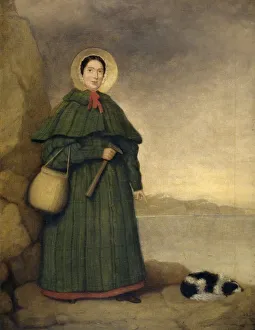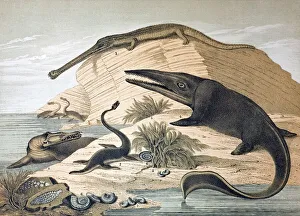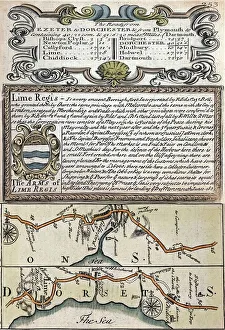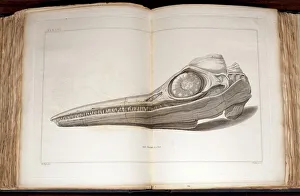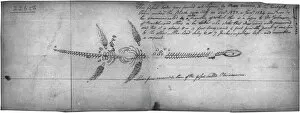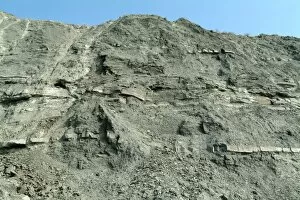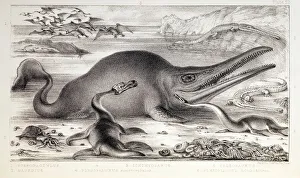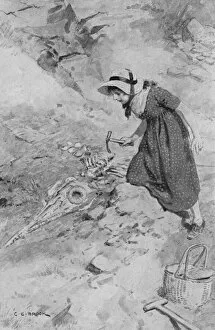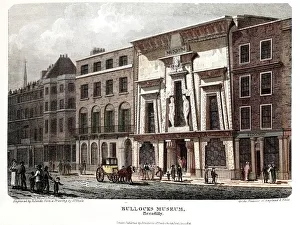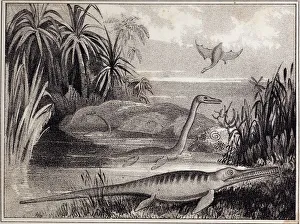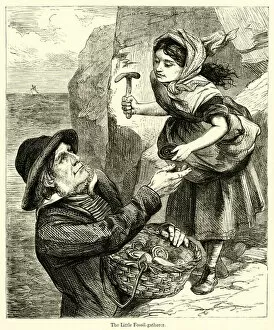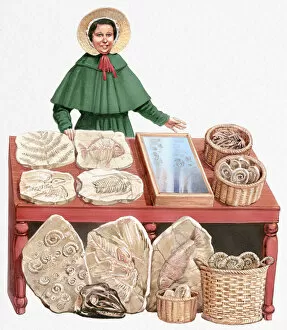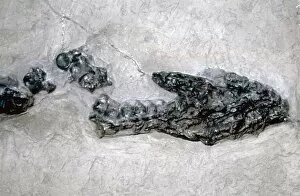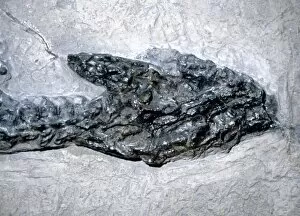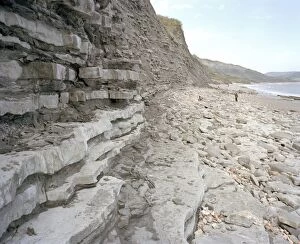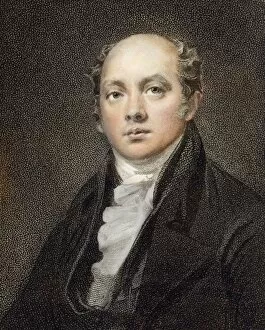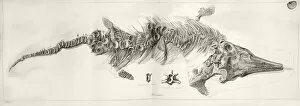Mary Anning Collection
Mary Anning (1799-1847) was a remarkable British paleontologist who made significant contributions to the field of prehistoric marine reptiles
All Professionally Made to Order for Quick Shipping
Mary Anning (1799-1847) was a remarkable British paleontologist who made significant contributions to the field of prehistoric marine reptiles. Born in 1799, she grew up in Lyme Regis, a coastal town known for its rich fossil deposits. In 1720, an early map of the coast highlighted the potential for fossil discoveries in Lyme Regis. Little did they know that Mary Anning would become one of the most renowned figures in this field. At just 12 years old, she stumbled upon her first major find - an Ichthyosaurus skull - in 1811. Anning's passion and expertise led her to uncover numerous fossils throughout her career. She meticulously sketched and documented these findings, including detailed illustrations of Plesiosaurs and other ancient creatures. Her dedication to scientific accuracy earned her recognition among fellow researchers. One notable discovery by Mary Anning was the C013/7904 Ichthyosaurus fossil found in 1814. This specimen provided valuable insights into the anatomy and behavior of these extinct marine reptiles. By 1858, Mary Anning's work had greatly expanded our understanding of prehistoric marine life. Her discoveries shed light on various species such as Plesiosaurs and Belemnites that once roamed Earth's oceans millions of years ago. Despite facing many challenges as a woman pursuing science during that era, Anning persevered and gained respect within scientific circles. In fact, at only twelve years old, she caught attention when depicted finding England's first-ever Ichthyosaurus litho print from "At Lyme Regis. " An avid collector herself, Anning also contributed specimens to Bullocks Museum curiosities and fossils collection established in 1816. Her efforts helped preserve important artifacts for future generations to study. Even after her passing in 1847 at age forty-seven due to breast cancer complications, Mary Anning left behind a lasting legacy.

